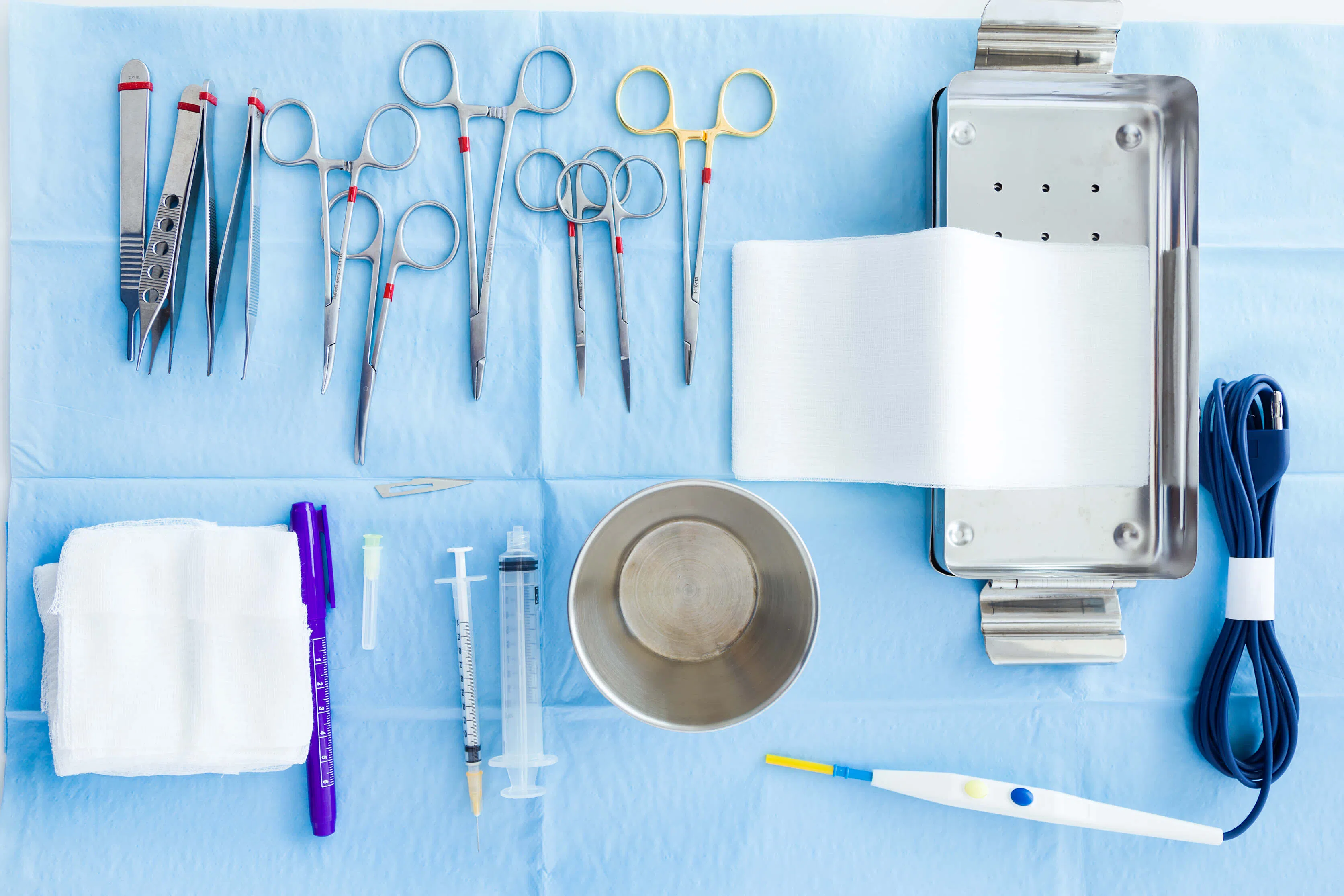Silver’s reputation as a “healing” metal stretches back centuries, often associated with purity and cleanliness. This perception, coupled with its striking appearance, contributed to its widespread use in medical settings and medical instruments long before the scientific basis for its antimicrobial properties was fully understood.
In this article, we explore silver’s unique properties and how the metal has been prized across epochs, cementing its place as a material of choice for medical devices and treatments. We embark on a chronological journey, tracing the remarkable legacy of silver in medicine from antiquity to the contemporary era, showcasing its enduring role in healthcare and its promising future in medical innovation.
Silver’s Origins in Medical Practice
Ancient Civilisations
The reverence for silver’s health-preserving qualities dates back to the earliest civilizations. The Egyptians, renowned for their advanced medical practices, utilised silver vessels to store water and other perishable goods, recognising its ability to inhibit spoilage.
The Greeks and Romans, inheriting this knowledge, further explored the therapeutic potential of silver. Hippocrates, the father of medicine, advocated the use of silver preparations for wound healing, while Roman physicians employed silver probes and cauterising tools in their surgical repertoire.
Medieval and Renaissance Periods
The Middle Ages and Renaissance witnessed the continued reliance on silver in medicine. During the devastating bubonic plague outbreaks, silver amulets and potions were sought after as protective talismans.
The Renaissance, with its renewed emphasis on scientific inquiry, also saw a burgeoning interest in understanding the mechanisms underlying silver’s antimicrobial properties.
Silver in the Victorian Medical Field
Victorian Innovations
The Victorian era marked a turning point in the utilisation of silver in medicine. Advances in manufacturing techniques enabled the production of more sophisticated silver instruments. The growing awareness of hygiene spurred the adoption of silver catheters, scalpels, and speculums in surgical practice. These gleaming tools not only exuded an aura of cleanliness but also conferred a tangible advantage in infection prevention.
Scientific Understanding
The late 19th century saw a deepening understanding of silver’s antimicrobial effects. Pioneering scientists conducted experiments demonstrating the potent action of silver ions against a broad spectrum of bacteria. This newfound knowledge reinforced the empirical observations of generations past and laid the groundwork for the wider application of silver in medicine.
Transition into the 20th Century
Early Modern Medicine
The advent of modern antiseptics and the discovery of antibiotics in the early 20th century ushered in a new era of infection control. The initial reliance on silver as a primary antimicrobial agent waned as more targeted and potent alternatives emerged. However, silver did not fade into obsolescence. Its inherent biocompatibility and low toxicity ensured its continued use in select medical technology applications.
Revival of Silver in Medicine Due to Resistance
The late 20th and early 21st centuries witnessed a resurgence of interest in silver in medicine. The indiscriminate use of antibiotics has inadvertently fueled the evolution of resilient bacterial strains and silver re-emerged as a promising candidate in the fight against drug-resistant pathogens.

Contemporary Uses of Silver in Medical Technology
Silver Coatings and Nanotechnology
Silver coating, a process that imbues medical devices with a thin layer of silver, has become a standard practice in the contemporary medical landscape. This widespread application of silver in the medical field not only underscores its crucial role in modern healthcare but also reinforces its practical utility, a factor often considered by those investing in gold and silver.
Ongoing research continues to unveil novel applications for silver in medicine. The advent of nanotechnology has also further expanded the horizons of silver’s medical potential with the incorporation of silver nanoparticles into surgical implants and medical devices.
Silver’s Timeless Role in Medicine
From the rudimentary silver implements to the silver-infused medical technology of the modern age, this remarkable metal has consistently played a vital role in the preservation of health and the alleviation of suffering.
Today, silver remains on the cusp of a new era where silver-based therapies offer a powerful weapon against drug-resistant pathogens, and silver medical instruments virtually eliminate the risk of infection. With vast possibilities and applications, silver’s future as a precious metal gleams with promise.
For those inspired by this narrative of resilience and progress, consider exploring the investment potential of silver. At Indigo Precious Metals, we offer various silver coins for purchase in Singapore along with other investment opportunities, providing you with different channels to participate in the legacy of silver and position yourself for its future growth.
Join us in celebrating the enduring power of silver, not only as a symbol of health and healing, but also as a tangible asset with a rich history and a promising future. Secure your piece of this legacy today and embrace the multifaceted value of silver with us.

